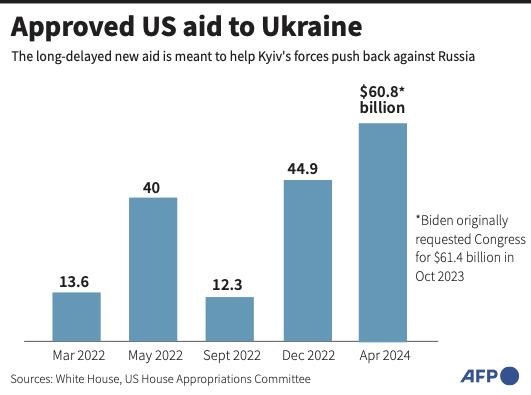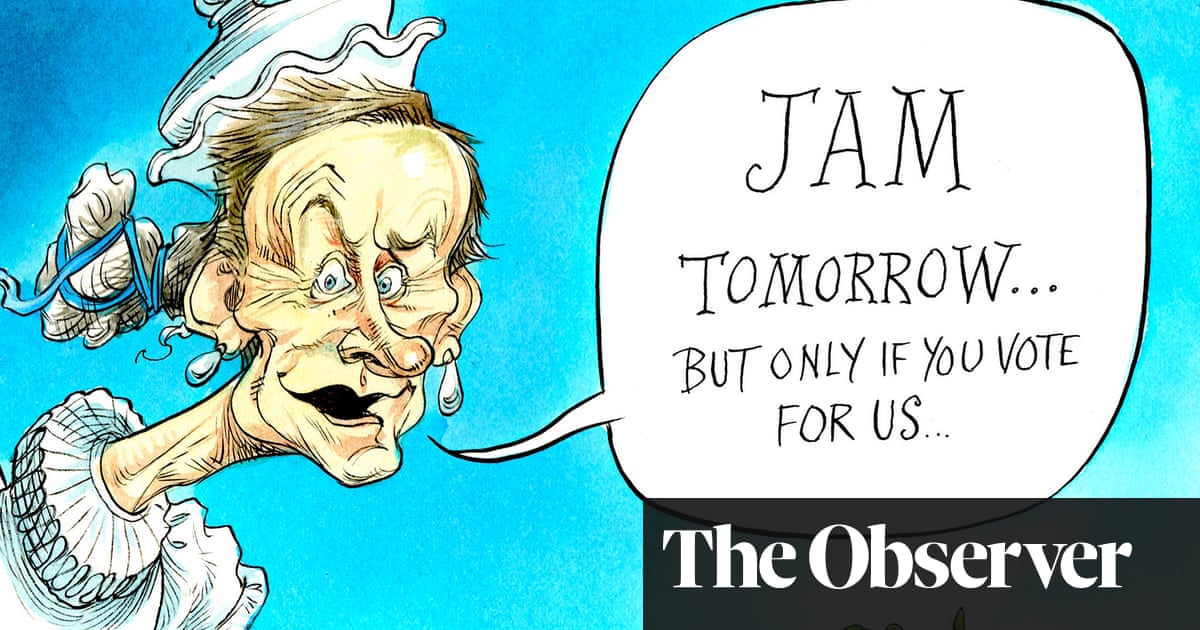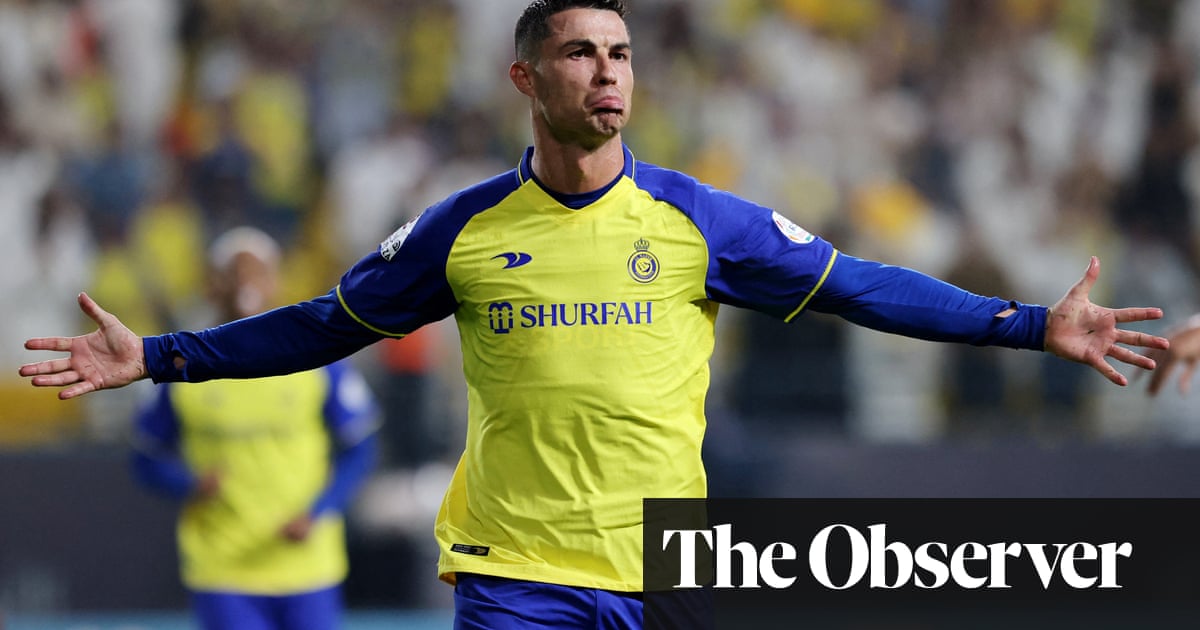
The English term “topsy-turvy” is derived from an old word meaning “upside down,” which is an apt description of Europe’s relations with the US under the Biden administration.
To be sure, transatlantic ties have improved dramatically, overall, since the end of the Trump presidency, with significant cooperation, for instance, on defense and security issues, including the war in Ukraine. However, there have been significant tensions in some other areas, including the US Inflation Reduction Act.
This act is the massive $369 billion package for clean tech, which poses a major risk to the EU’s goal of remaining a preeminent center of the green industrial revolution. There is a growing sense in Europe that the continent’s edge in this race is imperiled by the assertive US green industrial strategy.
While these dynamics have defined transatlantic ties since the act was passed more than a year ago, there has been a possible flipping point in recent weeks. While the US and Europe remain aligned on Ukraine, there are growing concerns about Washington’s ability to finance Kyiv’s war effort amid the great political dysfunction in Congress. At the same time, though, there are signs that US and EU decision-makers are beginning to bridge their key differences on the act and other important economic issues.
Turning to Ukraine first, there is new uncertainty over Kyiv’s war campaign, given that fresh US funding was put on hold as part of a recent deal struck by the Biden team with congressional Republicans to avert a US government shutdown. In the past few days, even President Joe Biden has admitted that, given the political gridlock in Washington, it “does worry me” that the support for Ukraine might be derailed.
In this context, EU foreign policy chief Josep Borrell has warned Ukraine that, while Europe’s support for Kyiv will remain steadfast, it will not be able to fully make up any funding gap caused by a reduced US contribution. Recent developments in Washington were “certainly not expected and certainly not good news,” he added.
The best-case scenario for Ukraine, as European Commission President Ursula von der Leyen has set out, is that the recent political turmoil in the US will only delay the country’s financial support for Kyiv, with the resultant challenge being just a question of “timing” for Washington.
Therefore, the EU has made moves to bring forward about half of the bloc’s previously promised aid to Ukraine — €50 billion ($52.5 billion) over the next four years — to provide Kyiv with “predictability and reliability” when dealing with its strained budget.
However, despite the growing concerns about Washington’s commitment to Ukraine and with a huge presidential election year approaching, transatlantic ties nevertheless appear to be on the verge of better times, economically speaking. This is not just in relation to an easing of tensions over the Inflation Reduction Act, but also on wider issues including an acceleration in the global clean-energy economy, based on secure, resilient supply chains and deeper cooperation in critical and emerging technologies.
There are signs that US and EU decision-makers are beginning to bridge their key differences on economic issues.
Andrew Hammond
For instance, Brussels and Washington are hoping to soon conclude an agreement on critical minerals that will allow companies in Europe to access certain subsidies under the act if they supply some of the raw materials required in the US for manufacturing processes. This would replicate a similar deal the US agreed with Japan.
At the same time, both sides are reportedly close to an agreement on the so-called Global Arrangement on Sustainable Steel and Aluminum. If they fail to finalize this before an upcoming deadline, US and EU tariffs on steel and aluminum would come back into force, in accordance with a provisional bilateral agreement made in October 2021.
According to leaked documents, the transatlantic allies are discussing a “grand bargain” on these issues, which would end some or all existing tariffs on steel and aluminum imports. The headline idea for achieving this is the possible creation of a joint tariff zone for like-minded nations that would impose duties on steel, aluminum and, potentially, wider clean-energy technology imported from carbon-intensive, non-market economies, such as China, with excess capacity.
This approach of clubbing together might eventually be opened up to other partners, including Japan. However, no such third-party countries will be joining immediately, according to reports.
This “club” idea might well help to ease transatlantic tensions. However, it will not be welcomed by a significant number of steel-producing countries, which could take legal action against Brussels and Washington at the World Trade Organization.
If the steel and aluminum agreement comes to pass, it could create the political space for US and EU officials to find compromises on the latter’s recently introduced Carbon Border Adjustment Mechanism. There is currently no agreement on how US steel firms will deal with this new policy, whereby European importers will have to pay duties corresponding to the cost of emissions generated during production.
Instead of transatlantic competition in this area, therefore, what is being discussed by Washington and Brussels is a more cooperative bilateral framework, amid growing European fears that the US is seizing a decisive advantage in the global green race. This framework might be akin to the one agreed this year with Prime Minister Justin Trudeau during a visit to Canada by Von der Leyen, which was portrayed as an EU-Canadian “green alliance.”
Taking all of this together, transatlantic ties are at a crucial stage. The relationship will be stabilized if the US and EU can agree new accords in areas such as critical minerals, steel and aluminum, but fresh uncertainty could be injected into the partnership if US funding for Ukraine dries up as the 2024 election approaches.
• Andrew Hammond is an associate at LSE IDEAS at the London School of Economics.
Disclaimer: Views expressed by writers in this section are their own and do not necessarily reflect Arab News" point of view












